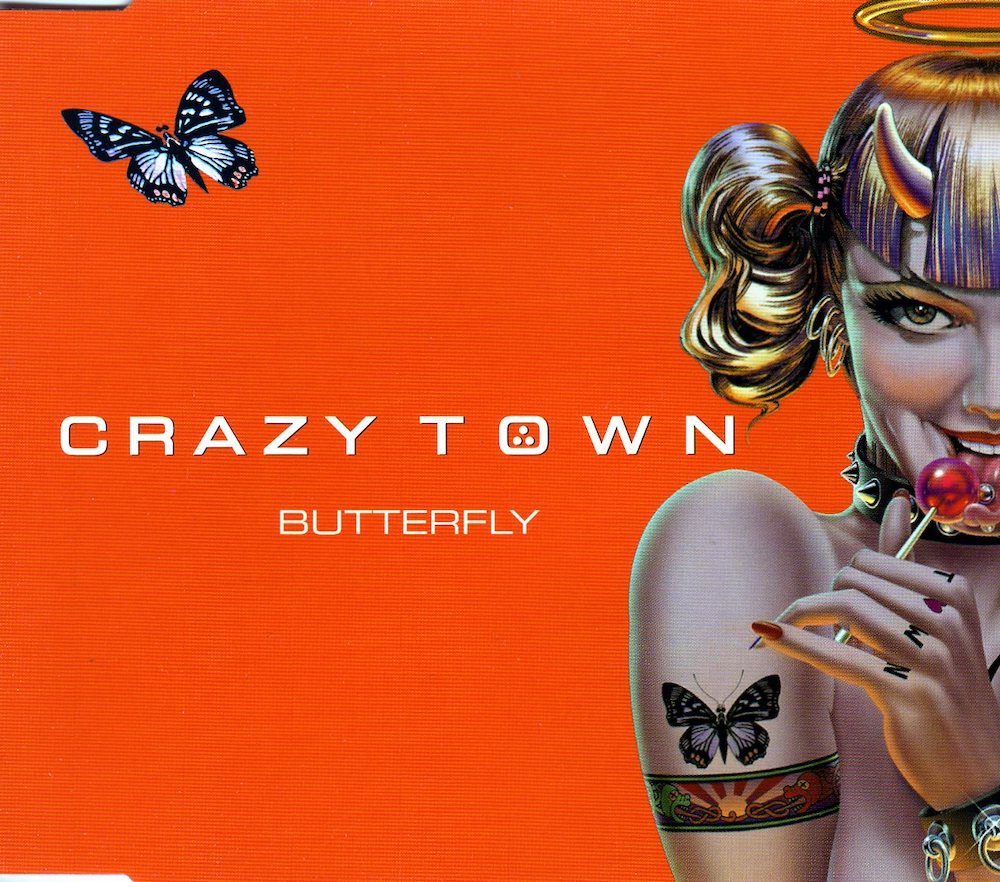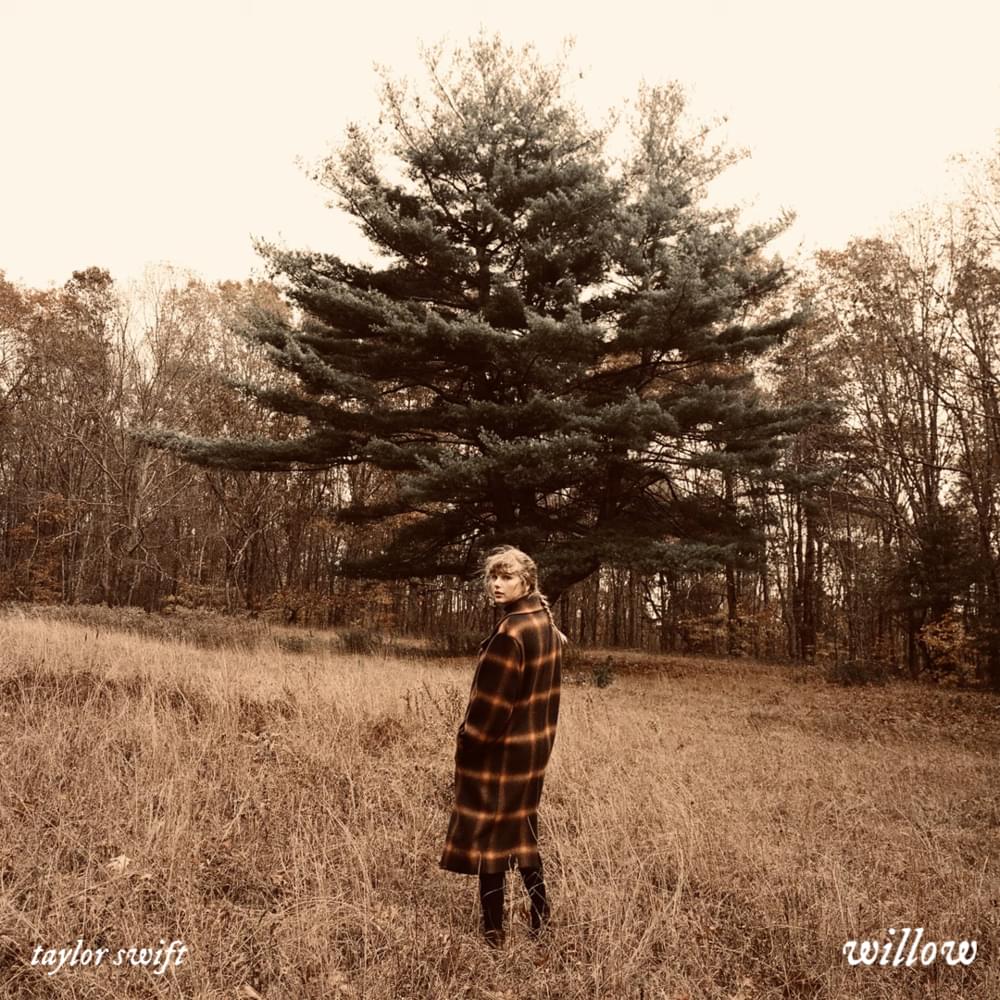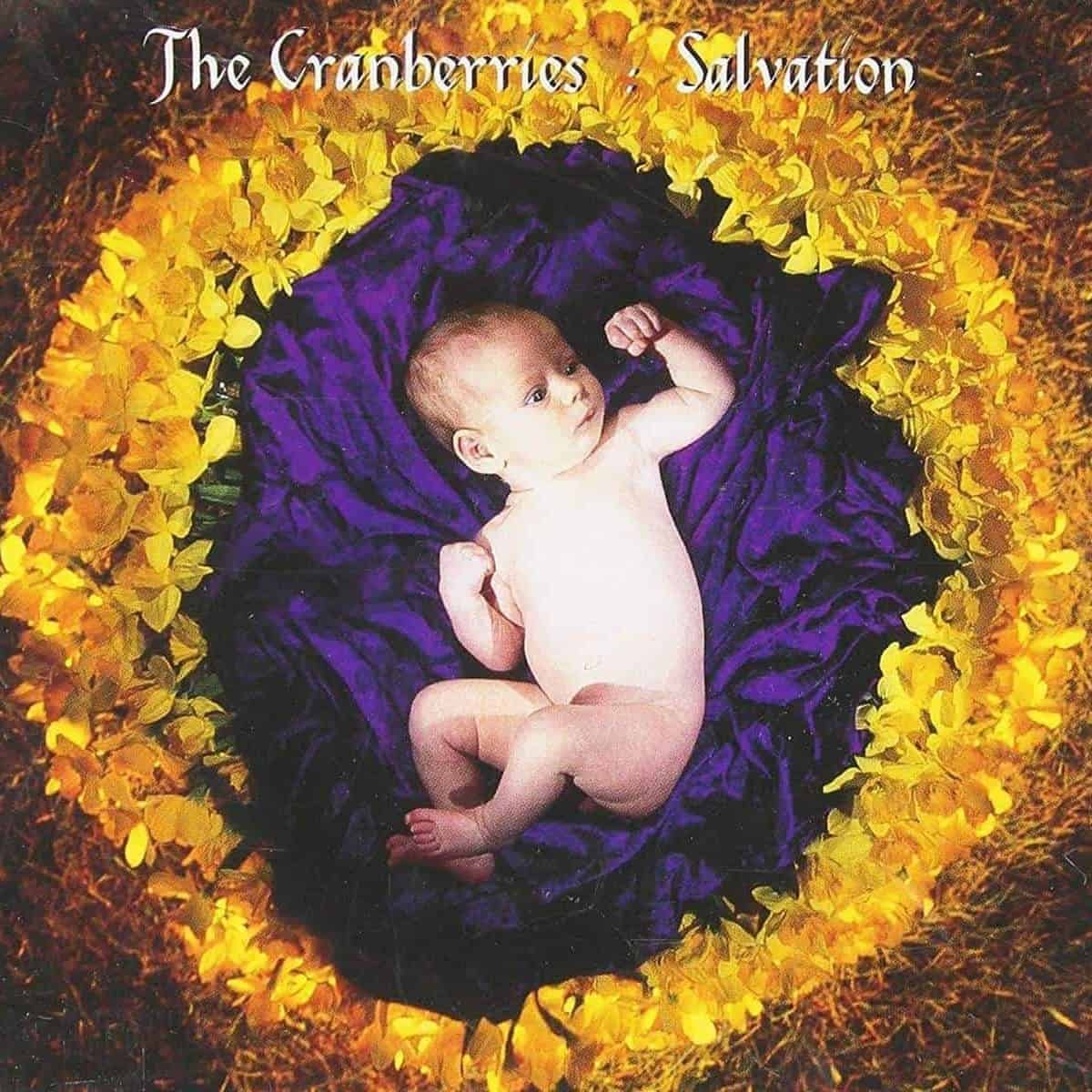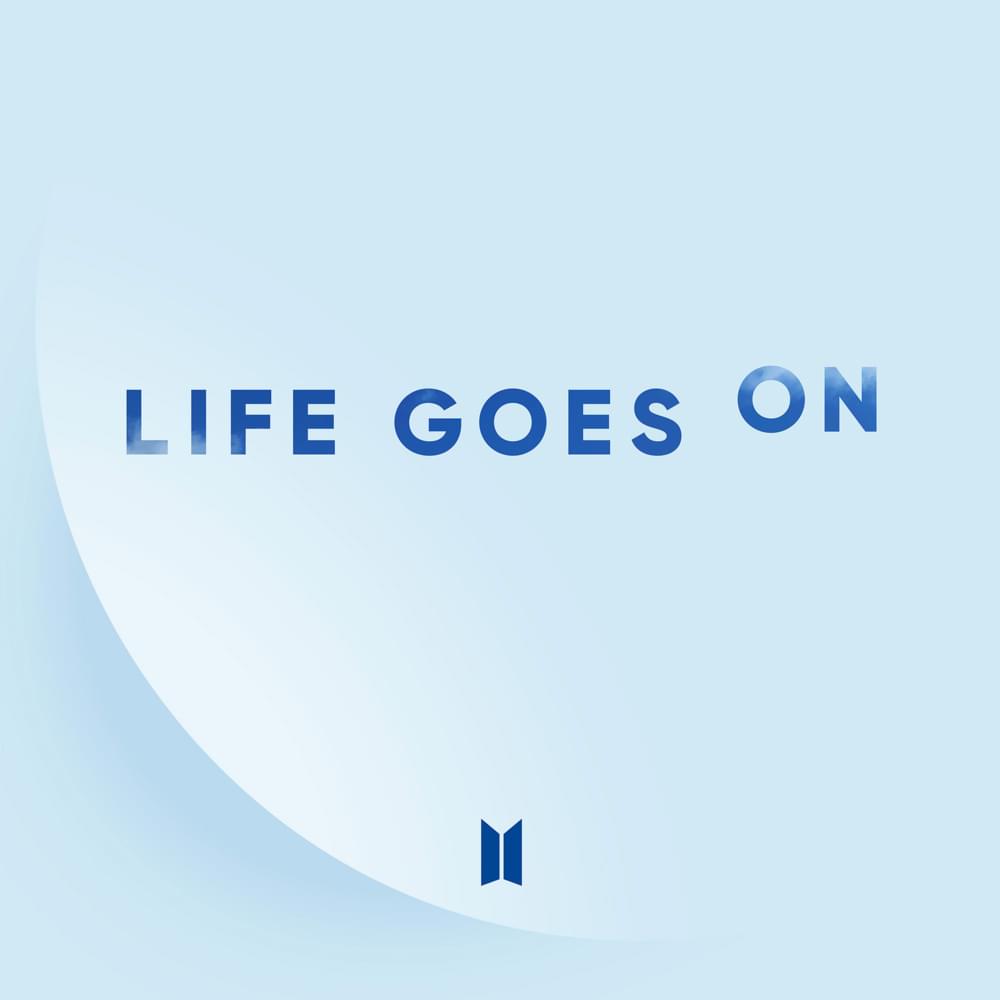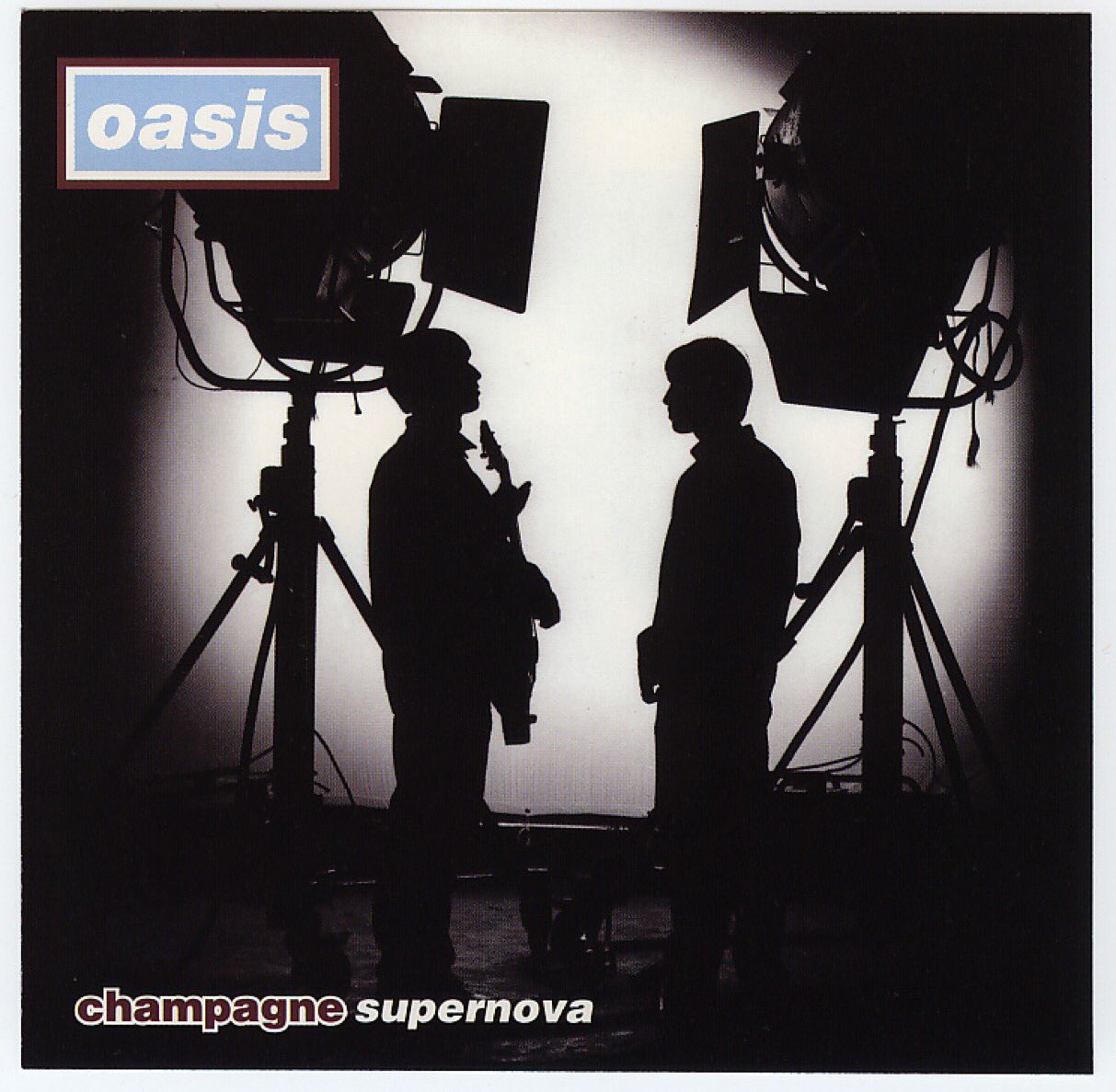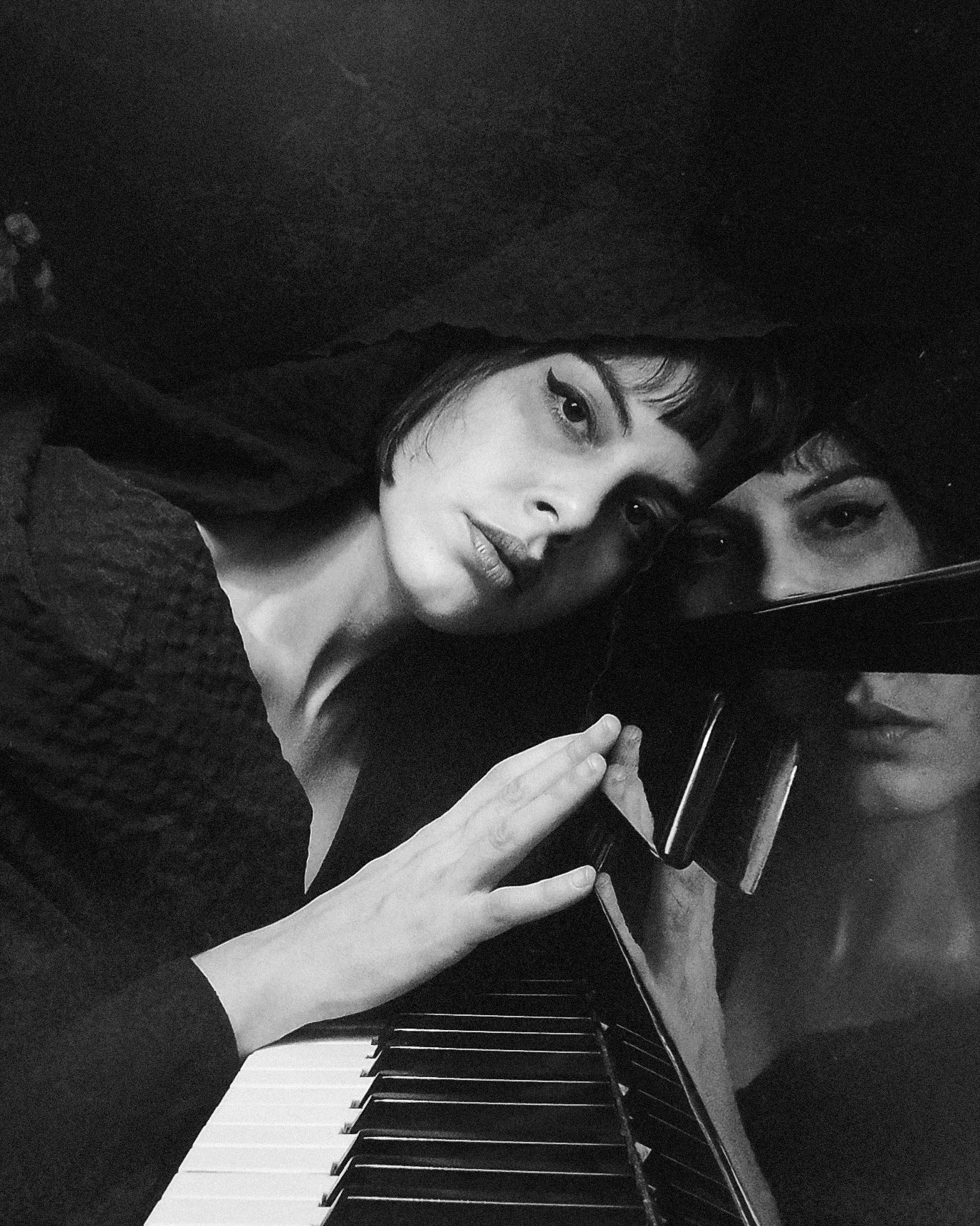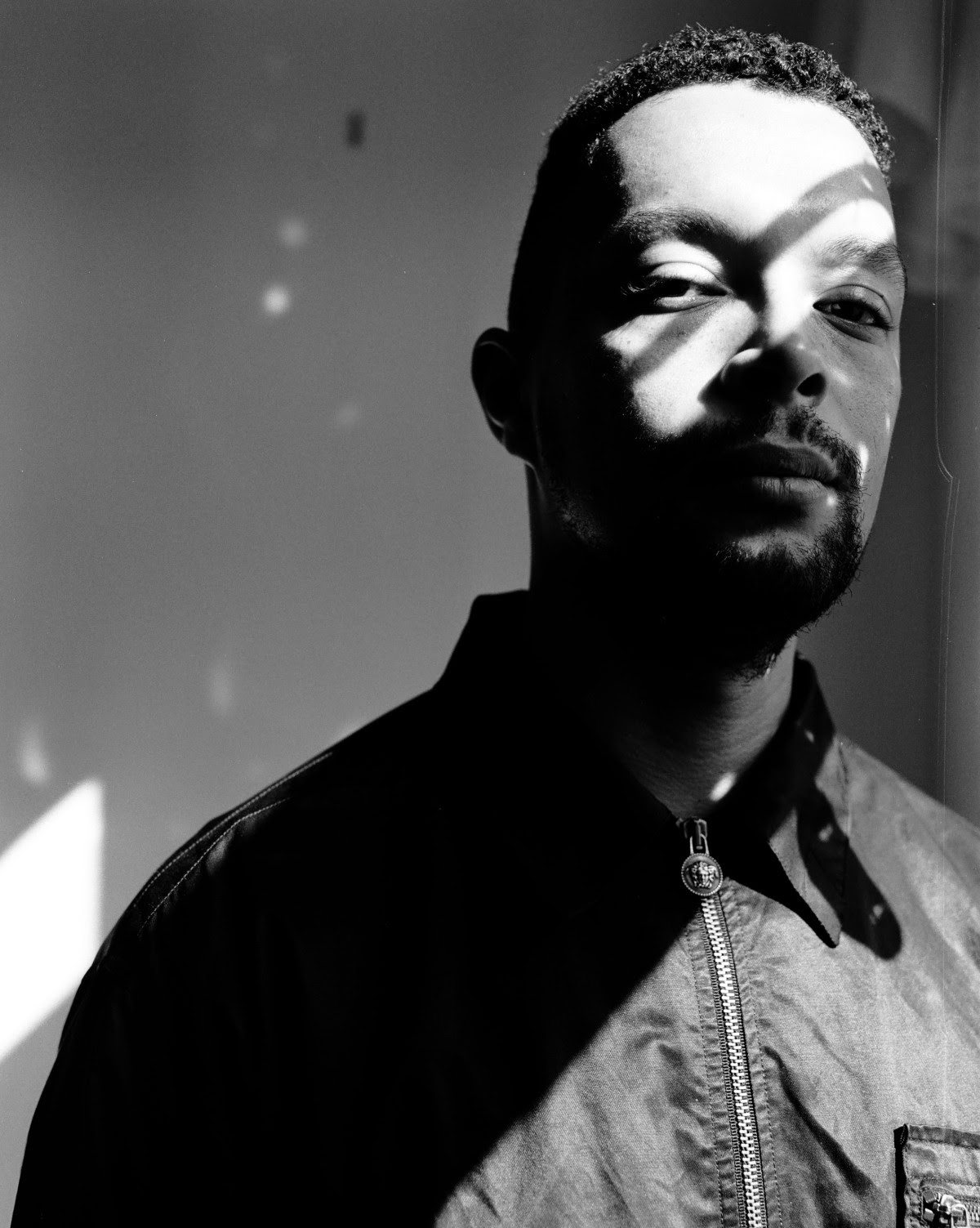March 24, 2001
- STAYED AT #1:2 Weeks
In The Number Ones, I'm reviewing every single #1 single in the history of the Billboard Hot 100, starting with the chart's beginning, in 1958, and working my way up into the present.
Nobody in human history has ever looked more like a video game character than Shifty Shellshock in the "Butterfly" video. Shifty, one of the two rappers in the Los Angeles band Crazy Town, looks exactly like a game designer's idea of a circa-2001 cool guy. He's got it all: The juiced-up musculature, the constant shirtlessness, the carefully sculpted facial hair, the hazardously gelled-up spiky frosted tips, the big honking chin, the wide array of facial piercings. This guy simply shouldn't exist on the physical plane. He should be throwing jumpkicks in a C-level fighting game.
A little more than a minute into the video for "Butterfly," Crazy Town's one and only hit, Shifty Shellshock even hits a video game move. He raises his arms up into the Jesus Christ pose, and the two star tattoos on his muscled-up shoulders shoot off into the sky, becoming some kind of heavenly projection. I'm not sure what that moment is supposed to mean in the "Butterfly" video, especially given that "Butterfly" is essentially the dumbest love song that's ever made it to #1. But that moment doesn't have to mean anything. Maybe it's better if you just imagine that someone hit the special-move button.
Crazy Town are true one-hit wonders; "Butterfly" is the band's only song that ever appeared on the Billboard Hot 100 in any capacity. But "Butterfly" also represents a kind of culmination. "Butterfly" is the only song that ever came out of the late-'90s rap-rock wave and topped the Hot 100. The biggest bands from that genre sold millions of records and packed arenas for years, but none of them -- not Korn, not Limp Bizkit, not Kid Rock, not Papa Roach, not even Linkin Park -- ever made it to #1. During that same era, the Creed-style post-grunge yarlers did a lot better on the pop charts. Rap-rock seemed to dominate the universe for three or four years, but as far as the Hot 100 is concerned, "Butterfly" is the only hit of its kind. It flutters alone.
Rap-rock was inevitable. By the late '80s, plenty of rock bands had noticed that they were no longer the coolest or most revolutionary musicians on the scene. They had been usurped; rappers were the new cultural leaders. The two genres didn't exist in isolation; they'd been in conversation ever since rap first arrived in popular consciouness. Kurtis Blow had a Bachman-Turner Overdrive cover on his first album, and the Clash imitated Grandmaster Flash's Furious Five on "The Magnificent Seven" and then booked the actual Furious Five to open for them in New York. (The rappers got booed offstage.) The Beastie Boys were a punk band that improbably became the biggest rap group in the world. As the '80s went on, more and more rock bands made clumsily spirited attempts at something resembling rap: Anthrax on "I'm The Man," Faith No More on "We Care A Lot," the Red Hot Chili Peppers on a whole lot of bullshit.
Rap-rock became a genre unto itself in the '90s, and it grew in some weird directions. Today, general consensus has it that rap-rock was the dumbest shit that ever happened -- or, more charitably, that it represented a titanic missed opportunity. Rage Against The Machine tried stapling Led Zeppelin riffs to Public Enemy proselytizing, and it worked better than anyone could've possibly expected. If anything, the problem was that it got too big, that the message got lost in the catharsis. Paul Ryan famously told the world that he loved using Rage as workout music when he was trying to be Mitt Romney's vice president. I worked out to Rage this morning, and I still can't understand how anyone could love that music and still grow up to be Paul Ryan. It just goes to show that art's not saving us from jack shit. (Rage Against The Machine's only charting single, 1999's "Guerrilla Radio," peaked at #69.)
The bands that emerged in Rage's shadow didn't have that same level of political consciousness. Instead, many of them took the swagger and fashion of rap, and they applied it to songs about being lonely and angry and misunderstood. This was Korn's whole deal. Korn didn't really rap, but they beatboxed and wore Adidas sweatsuits and covered Ice Cube, and people lost their minds for that band. (Korn's highest-charting single, 2003's "Did My Time," peaked at #38.)
After Korn, the deluge. Limp Bizkit and all their peers inherited Korn's omni-directional frustration without picking up any of the self-loathing that came along with it. From rap, they took the choppy vocal cadences and the show-offy posturing, something that virtually none of those bands managed to pull off as well as even the most mediocre real rappers. But those bands did huge business, and they understood mass spectacle. Woodstock '99 was the moment when those bands announced themselves as the kings of white youth culture. These days, two different prominent streaming-service documentaries have used Woodstock '99 to make all sorts of points about a corroded moment -- points so obvious that we don't need to rehash them here. (Limp Bizkit's highest-charting single, 2000's "Rollin'," peaked at #65.)
Around the turn of the millennium, those rap-rock bands were big enough that various music-business hangers-on started forming their own bands. That was the story with Crazy Town. The group's two founders were both guys who'd grown up around the industry. Shifty Shellshock was born Seth Binzer, and his father Rollin Binzer directed the 1973 concert film Ladies And Gentlemen: The Rolling Stones and designed a whole lot of album covers for Chess Records. (When Shifty was born, Paper Lace's "The Night Chicago Died" was the #1 song in America.)
The other lead rapper in Crazy Town was Bret "Epic" Mazur, who came from Brooklyn and who moved to Hollywood as a teenager. (When Mazur was born, Edwin Starr's "War" was sitting at #1.) Mazur's grandfather ran nightclubs in New York, and his father had been the manager of the Hassles, Billy Joel's old band. Epic Mazur started off as half of the production duo Wolf & Epic, who worked with rap and R&B artists like Ralph Tresvant, MC Lyte, and Bel Biv DeVoe. Epic and Shifty Shellshock met at a recording session for Atbann Klann, an LA rap group whose members will eventually appear in this column as the Black Eyed Peas. Atbann Klann leader Will.I.Am introduced the two of them, which is pretty funny.
At first, Epic Mazur and Shifty Shellshock wanted to start a rap group called the Brimstone Sluggers. But when rap-rock became a viable concern, the duo rounded up a random-ass group of musicians and became Crazy Town. The group's original DJ was Adam 12, and he would eventually become half of the early-'00s dance-rock duo She Wants Revenge. Adam 12 left the group in 1999, and they replaced him with DJ AM, a guy who would later find fame as a big-deal nightclub DJ. Drummer James Bradley Jr. was a veteran who'd played with Nat King Cole as a little kid. In the late '70s, Bradley had been the drummer for smooth-jazz flugelhorn star Chuck Mangione. You didn't expect to see Chuck Mangione's name in this column did you? (Bradley played on Chuck Mangione's highest-charting single, 1978's "Feels So Good," which peaked at #4. It's a 5.) In the '90s, Bradley played in the alt-rock band Mary's Danish. Weird-ass career.
Crazy Town signed to Columbia, and they released their debut album The Gift Of Game in 1999. Most of the album is practically unlistenable, up to and including the KRS-One collaboration "B-Boy 2000." Virtually all of that LP is a dumber, less artful version of what Limp Bizkit were doing at the time, if you can even imagine that. But then there was "Butterfly," which was dumb in a whole different way. In Fred Bronson's Billboard Book Of Number 1 Hits, Shifty Shellshock describes how "Butterfly" emerged from the cocoon of his mind: "We were writing songs like 'Lollipop Porn' when there was no girlfriend, and all of a sudden I was in this relationship. I was in love, and she was asking, 'What's up with all these lyrics? Is this what you're like?' So that made me come up with the concept of writing a song to her. Instead of writing a male chauvinistic song, I was going to write something sweet and nice to a girl I cared about." Aw.
I truly no-shit love the idea that "Butterfly" is a sweet, nice, non-chauvinistic song. After the first chorus, Shifty Shellshock's opening line is this: "Such a sexy, sexy pretty little thing/ Fierce nipple pierce, you got me sprung with ya tongue ring." A whole lot of Shifty Shellshock's lyrics are about deep horniness. On the hook, he makes the raunchily specific promise to "make ya legs shake." Shifty's so into this girl that he can barely function: "I can't sleep, I can't hold still/ The only thing I really know is she got sex appeal." But horniness can be romantic, in its way. The song's least romantic line belongs to Epic Mazur: "Girl, it's me and you like Sid and Nancy." This raises the question: Does Epic Mazur know what happened with Sid and Nancy?
In the Bronson book, Shifty Shellshock describes the exact moment when he came up with the "Butterfly" hook: "I was making a left onto Doheny off Santa Monica Boulevard and for some reason, I said, 'You're my butterfly, sugar baby.' I called Bret because he's the guy who tells me if it's really stupid or really great." Maybe Epic Mazur was not the person who should've gotten that call. The "Butterfly" hook is really stupid. It's practically baby talk. But pop music can function just fine while being dumber than a box of rocks. "Butterfly" is sheer idiot poetry, and it's sincere in its stupidity. These guys really want the women in their lives to know how much they love them. They're doing their best.
In making "Butterfly," Epic Mazur and co-producer Josh Abraham made one extremely smart decision: They sampled the right moment from the right Red Hot Chili Peppers song. The Chili Peppers had been forerunners of the whole rap-rock thing, and it's kind of hilarious that this goofy-ass song with the Chili Peppers sample went higher on the charts than any actual Chili Peppers song. (The Chili Peppers' highest-charting single, 1991's "Under The Bridge," peaked at #2. It's an 8.) Specifically, Crazy Town sampled a few instrumental bars from the middle of "Pretty Little Ditty," an instrumental deep cut from the Chili Peppers' 1989 album Mother's Milk.
"Pretty Little Ditty" is clearly just the Chili Peppers dicking around in the studio, working up a lightweight groove together. About a minute into the song, there's a minute where the drums drop out and John Frusciante's guitar does this ringing, winding melodic thing over Flea's busy bass-churn. That's the moment that Crazy Town grabbed. They combined that part with a drum break that's been used on hundreds of rap records over the years: the intro from obscure funk band Skull Snaps' 1973 song "It's A New Day."
Those Chili Peppers and Skull Snaps samples pretty much make up the full "Butterfly" instrumental track. On the back half of "Butterfly," DJ AM scratches in some of the whoo sounds from Billy Squier's 1980 single "The Big Beat," another track that's been sampled on countless rap records. (Billy Squier's highest-charting single, 1984's "Rock Me Tonite," peaked at #15.) I don't think the members of Crazy Town supplied any of the guitar, bass, or drums on "Butterfly." Maybe that's why they had the time to perfect their synchronized head-bobbing in the "Butterfly" video. The Chili Peppers all got writing credits on "Butterfly," and Epic Mazur said that it was "the only sample they've ever cleared."
"Butterfly" isn't put together like a rock record at all. For one thing, there's absolutely no singing. For another, there's precious little instrumentation. Instead, Epic Mazur clearly envisioned "Butterfly" as a rap song. He combined pieces of a few wildly disparate records and made them sound like they always belonged together. That combination works. That Chili Peppers sample floats over those drums with a kind of ghostly grace. The Crazy Town guys rap to that beat like absolute oafs, but they deserve credit for putting the beat together in the first place.
And honestly, I'm not mad at the oafishness. Shifty Shellshock and Epic Mazur are terrible rappers, but they're the fun kind of terrible rappers -- the ones trying to express something that's far beyond their abilities. You can hear little glimpses of it in one of Shifty Shellshock's lines: "My lifestyle's wild, I was livin' like a wild child/ Trapped on a short leash, parole and police files." (Shifty had apparently done a few months in jail for burglary in his pre-Crazy Town years.) So this guy had been living a squalid, fucked-up life, and this girl had convinced him that things could be better, but she didn't teach him how to not rhyme "wild" with "wild child." Meanwhile, Epic Mazur says, "I used to think that happy endings were only in the books I read/ But you made me feel alive when I was almost dead." I would love to know what books Epic was reading, but that's still a real sentiment.
The execution is deeply silly, so full of those whispers that guys do when they're trying to be sexy and they don't have any better ideas. It's all slapdash and goofy and utterly lacking in self-awareness, and I find all of it weirdly charming. Crazy Town are better at cooing sweet nothings than they ever were at rocking out. "Butterfly" is the kind of song that only seems to be dunked on, but those guys were putting themselves out there. Also, that hook, dumb as it is, will get itself stuck in your head. "Butterfly" is clearly not a great song, but it does its job.
We need to talk about the video. The directing team Honey had worked as visual effects people on movies like The Matrix and What Dreams May Come, and they put Crazy Town in a lush mostly-CGI forest dreamworld. The video's main star is the subject of "Butterfly," Shifty Shellshock's then-girlfriend. She does a great job playing the absurdly sexy circa-'01 raver girl. Near the end, there's a moment where she stands up, grows actual butterfly wings, and flies off into the air. Also, she and Shifty Shellshock do a whole lot of making out, and they definitely seem like two people who truly enjoy fucking each other, which isn't something that you see in too many music-video pairings. The overarching horniness is almost discomfiting; in certain moments, it feels like an orgy is about to break out. Also, shout out to Epic Mazur's DARE shirt. Those things were all over thrift shops in the late '90s, and every kid who smoked weed out of a crushed Coke can in a high school parking lot wore a DARE shirt as an ironic fashion statement -- myself obviously included.
"Butterfly" wasn't Crazy Town's first single. Instead, Crazy Town released a couple of tracks from their album first. They later said that they knew "Butterfly" was a hit, but they didn't want to be known just as the group that made "Butterfly." That plan did not work. Crazy Town's first two singles tanked. The group spent a year and a half touring, opening for the Red Hot Chili Peppers and getting kicked off of Ozzfest after a couple of weeks when Shifty Shellshock got arrested for some kind of drunken property destruction. Finally, they released the "Butterfly" single after the album had been out for a year, and they instantly became known as the group that made "Butterfly."
Crazy Town's fame didn't last long. The only Crazy Town moment that I can remember after "Butterfly" was the cameo at the end of Diddy's great "Bad Boy For Life" video later in 2001. Diddy has moved onto a fancy suburban street and freaked out all his neighbors by throwing a big party. At the end of the video, Crazy Town move in across the street, and Diddy says, "Damn, there goes the neighborhood." Pretty funny! ("Bad Boy For Life" peaked at #33.)
DJ AM left Crazy Town in 2001. He'd battled addiction as a teenager, and he was the only member of the group who was trying to maintain his sobriety. Later on, AM started dating Nicole Richie, whose father Lionel has been in this column a bunch of times, and he became tabloid-famous. In 2008, AM and Blink-182's Travis Barker were the only survivors of a Lear jet crash that left both of them injured. AM relapsed, and he died of an overdose in 2009. He was 36. AM wasn't the only member of Crazy Town who didn't make it through the '00s. Guitarist Charles "Rust Epique" Lopez left the band in 2000, and he started a new band called pre)Thing. Their one album came out after Lopez had died of a heart attack in 2004. He was 36, too.
Crazy Town kept going. They followed The Gift Of Game with the 2002 album Darkhorse, which went nowhere. After that brick, Crazy Town went on hiatus. Shifty Shellshock rapped on "Starry Eyed Surprise," a truly awful 2002 single from the big-deal dance producer Paul Oakenfold. (It peaked at #41.) Shifty released a solo album, got arrested a bunch of times, and became a regular on Dr. Drew's celebrity-rehab reality shows. Later on, Crazy Town got back together and made another album. At some point, Epic Mazur left, and Shifty changed the group's name to Crazy Town X.
As a band, Crazy Town were fucking godawful, and they were the kind of godawful that's easy to mock. But "Butterfly"? I've never been mad at "Butterfly." It's the kind of silly bullshit hit song that makes the world just slightly more fun. Rap-rock faded away in the rearview a long time ago, but "Butterfly" will always evoke a very particular moment. That moment was short, just as it should've been. Butterflies aren't built to live forever.
GRADE: 6/10
BONUS BEATS: I remember vaguely liking the 2002 college farce Orange County, but 20 years later, the only scene that I can remember is the bit where a bunch of cheerleaders dance to "Butterfly." Here it is:
BONUS BONUS BEATS: Nancy Meyers' hit 2003 grown-folks rom-com Something's Gotta Give inexplicably opens with a montage of hot girls that's set to "Butterfly." Here's that:
BONUS BONUS BONUS BEATS: On the 2020 single "Ain't It Different," the UK rappers Headie One, AJ Tracey, and Stormzy all go in over a sample of "Butterfly" -- or, I guess, over the same "Pretty Little Ditty" sample that Crazy Town already used on "Butterfly." "Ain't It Different" peaked at #2 on the UK charts -- one spot higher than "Butterfly." Here's the video:
(Those three rappers don't have any Hot 100 hits of their own, but Headie One guested on Young T & Bugsey's 2019 single "Don't Rush," which peaked at #56.)
We rely on reader subscriptions to deliver articles like the one you're reading. Become a member and help support independent media!
The Number Ones: Twenty Chart-Topping Hits That Reveal The History Of Pop Music is out 11/15 via Hachette Books. You can pre-order it here.
